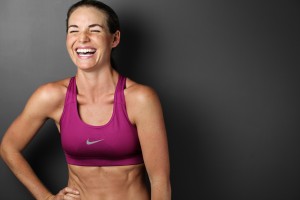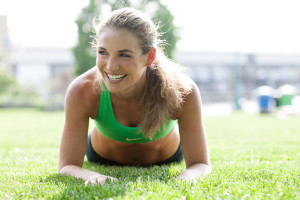For the 12 days leading up to Christmas, I am releasing a blog debunking and discussing 12 commonly believed myths that are fitness, health, and running related. Day 1 features the topic that gave me the idea, thanks to the behavior of some folks in my gym. So here we go.
Spot reduction. It was a big fad for a long time. Apparently many folks still buy into it. Essentially, many people think you can focus on and target specific body parts for fat loss. While we can certainly target certain muscle groups for strength and muscle gain, fat loss doesn’t work that way. So while a thousand crunches may make your core muscles stronger, you will not specifically lose fat in your core or see those muscles unless you lower your body fat percentage.
When thinking of body fat, picture your body as one big organism. You can lose body fat from your overall body, and in that process see and feel reduction in the spots desired, but you cannot control where you’ll lose your body fat first. If you are looking to drop fat, you need to reassess your nutrition and exercise habits. It’s also a good idea to look at your genetics. We are genetically made differently. If your family members tend to carry their weight in their upper body, the odds are you may too, or that it will be the hardest place for you to lose it. This doesn’t mean it’s impossible. But it may take a whole lot of discipline in both training and nutrition then say losing fat and seeing definition elsewhere.
If you are looking to drop body fat, a combination of weight training, cardio, and a good nutrition plan will help you achieve your goals. Just try not to focus on your “target area,” or you’ll lose your mind and wind up frustrated. Remember your genetics. For example, I will never have a super tiny waist. Part of that is bone structure, the other part is that I can easily gain weight in the love handle region. But on the flip side, genetically I will probably never have heavy legs. Know your body. Embrace it’s strengths. Acknowledge your weaknesses or imperfections. And stop spending time doing a thousand crunches or buying miracle gimmicks. There are literally a hundred better ways to improve your body in the gym than crunches. If you are interested in some additional reading, here’s a good option.





